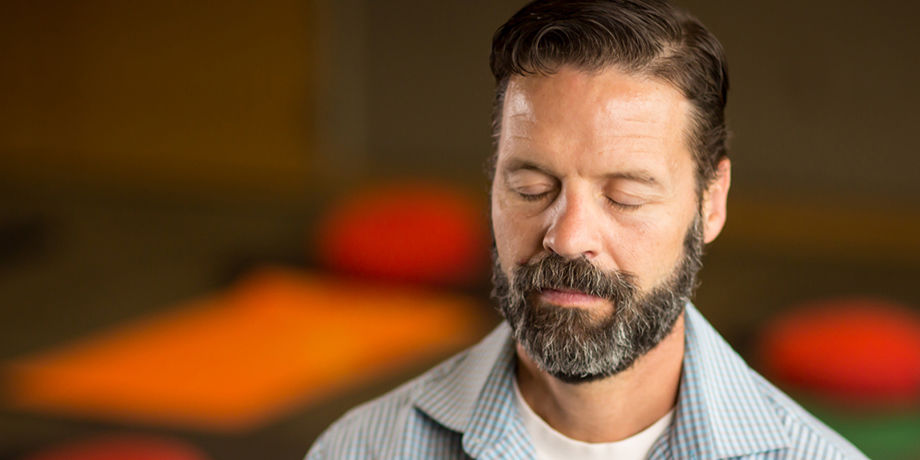Learning Objectives:
After reading this article, you will be able to:
(1) define mindfulness and how it relates to stress reduction and happiness, (2) identify ways to integrate mindfulness practices into your daily routine, and (3) locate available resources for practicing foundational mindfulness exercises.
Case Study
Every time Rob walks outside a building he tries to pay attention to how the air or sun feels on his skin. He focuses on listening and thinks, "What can I hear? What colors can I can see? How is my body feeling?" When he can't get outside, in between meetings or on his way to the watercooler, he tries to pay attention to the sensation in his feet as he walks. He finds moments throughout his day to spend a minute or two just trying to be mindful. What's going on here?
Dr. Jon Kabat-Zinn defines mindfulness as, “awareness that arises from paying attention in a particular way: on purpose, in the present moment, and non-judgmentally.”
Mindfulness is not stopping our thoughts, making our minds blank, or forcing relaxation. It is a practice of attending to our experiences as they unfold with friendliness and curiosity.
In the case study above, my colleague, Rob Davies, is using simple awareness techniques to incorporate mindfulness into his everyday routine. Over time, these practices have been shown to reduce stress.
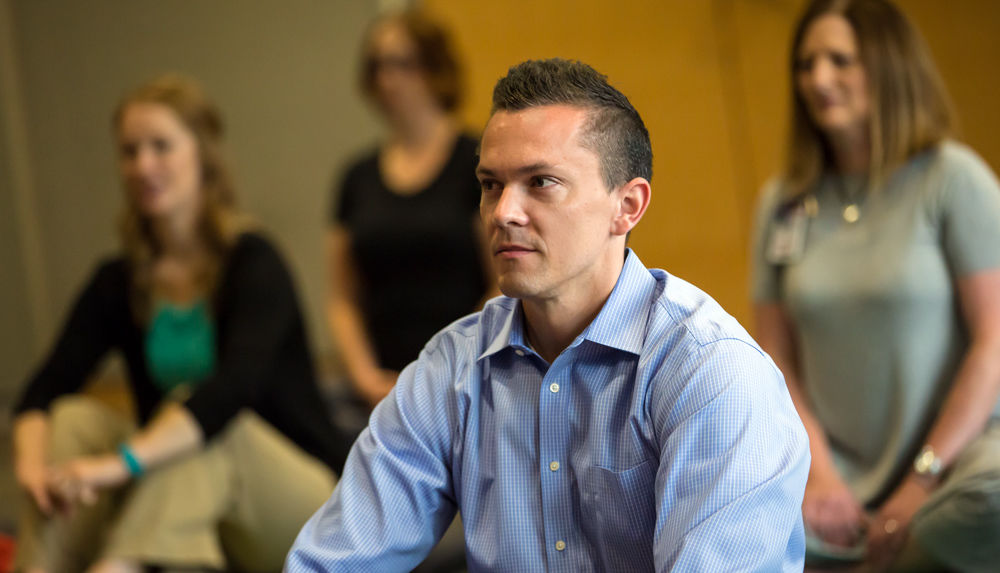
Why is mindfulness important?
The last four decades of studies demonstrate that mindfulness in medicine improves quality of life for both the patient and the healer.
Happy patients. Regular mindfulness practice, as a complement to standard medical and psychological treatments, can play an important role in managing and reducing stress and symptoms of numerous conditions: pain, gastrointestinal distress, high blood pressure, heart disease, cancer, anxiety, panic attacks, depression, and addiction.
Happy providers. Mindfulness has been shown to reduce stress and burnout for medical providers. It promotes skills for patient-centered care and results in more highly rated medical care.
Happy workforce. Mindfulness has been shown to promote four real benefits for employees: stronger focus, staying calmer under stress, better memory, and civility.
Happy brain. Regular mindfulness practice improves executive functioning and emotional regulation (and has been shown to actually increase gray matter in parts of the brain that are responsible for these functions).
Resilience with Mindfulness
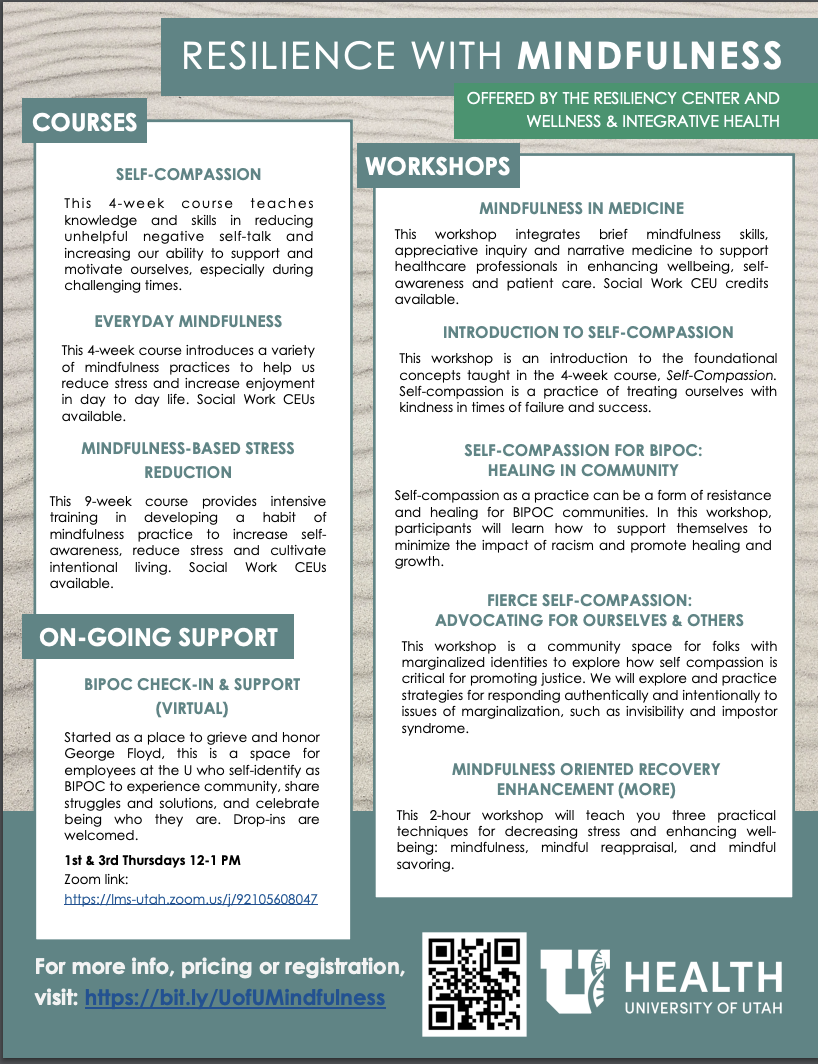
Classes offered by the Resiliency Center and Wellness & Integrative Health.
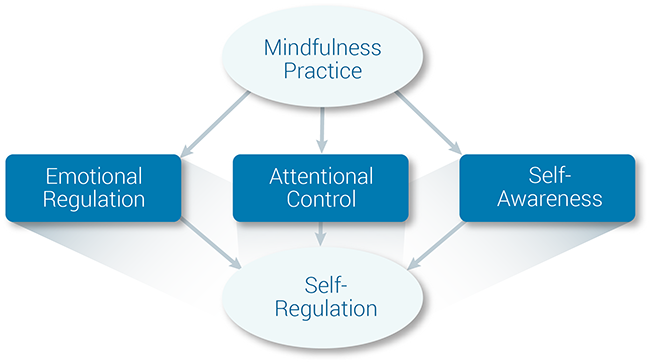
Figure 1. Three skills cultivated by mindfulness. Adapted from Posner and colleagues (2015).
Happy life. Mindfulness contributes to well-being. It helps us to be present for our lives, which allows us to enjoy pleasant experiences, to gain perspective for responding to unpleasant experiences, and to be more at ease with life’s ever changing nature. Most importantly, mindful awareness enables us to live in accordance with our values, being and becoming the person we want to be.
How to practice mindfulness
As we have exercises for the body, there are exercises for the mind and heart, formal and informal practices, to cultivate mindful awareness. These practices below can be done individually or as a group.
As with other forms of exercise, it is important to tune in. If you experience moderate to high levels of discomfort or emotional and/or physical distress, please stop and consult with a qualified or certified mindfulness teacher, mental health provider, or medical practitioner.
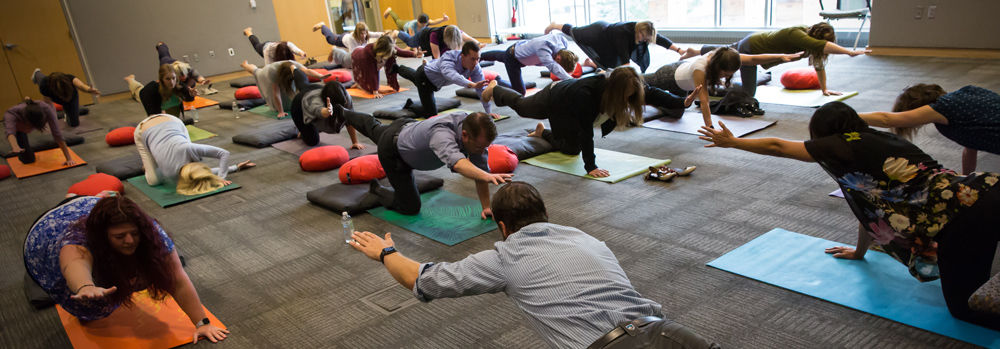
Formal practices
Formal practices, like different forms of meditation, encourage us to schedule time to learn how to relate directly with present moment experiences such as sensations of the breath or the body. Short practices such as these can provide a taste of some introductory practices to mindfulness.
- Awareness of breath — Regular practice of this meditation cultivates awareness, concentration, and calmness. Try it now.
- Body scan — This practice is an invitation to check in with the body, to cultivate flexible attention and presence. Try it now.
Informal practices
Informal practices involve bringing intention, attention, and attitudes of mindfulness to routine activities such as eating, driving, or hugging a loved one. Below is a practice for mindful breaks during the day.
- S.T.O.P. – This informal mindfulness practice provides the mind and nervous system with needed breaks, allows us to check in with ourselves, and supports us in moving through the day with awareness. Try it now.
Digital practices
Mindfulness classes and apps can provide the structure and community helpful for developing a daily mindfulness practice. The following is a list of applications* to help get you started.
| App* | What it's called | What you'll find |
|---|---|---|
 |
Insight Meditation Timer |
|
 |
Headspace |
|
 |
Mindfulness |
|
 |
Stop, Breathe, and Think |
|
 |
10% Happier |
|
* Recommendations are for informational purposes only. The University of Utah does not endorse commercial products.
For general information on most of these apps, and expanded information on mindfulness resources, visit Mindfulness Utah.
Conclusion
Practiced for thousands of years in various spiritual traditions, mindfulness is a natural human capacity for compassionate awareness. Mindfulness practices enhance focus and mental clarity while deepening connection to ourselves and others, to what is most meaningful in our lives at work and at home. This awareness also helps us to access our own natural capacity to heal, to cope with stress, and to improve resilience.
- Everyday Mindfulness (Live or Via Zoom): Introduction or a booster to kick start your mindfulness practice.
Originally posted August 2018
Trinh Mai
Mindfulness instructors Rob Davies and Heidi O’Donoghue guide us through the body scan, a simple meditation that helps relax the body — and as a bonus, can also help you sleep.
Even before the Covid-19 pandemic, grief was and is a normal part of the workplace, especially when you work in health care. As a leader, it’s often hard to know what to do. The Resiliency Center’s Megan Whitlock draws from the wisdom of colleagues to share four practical ways to manage grief in the workplace.
The U of U Health Resiliency Center shares a growing list of resources you and your team can use to continue building resilience together.
